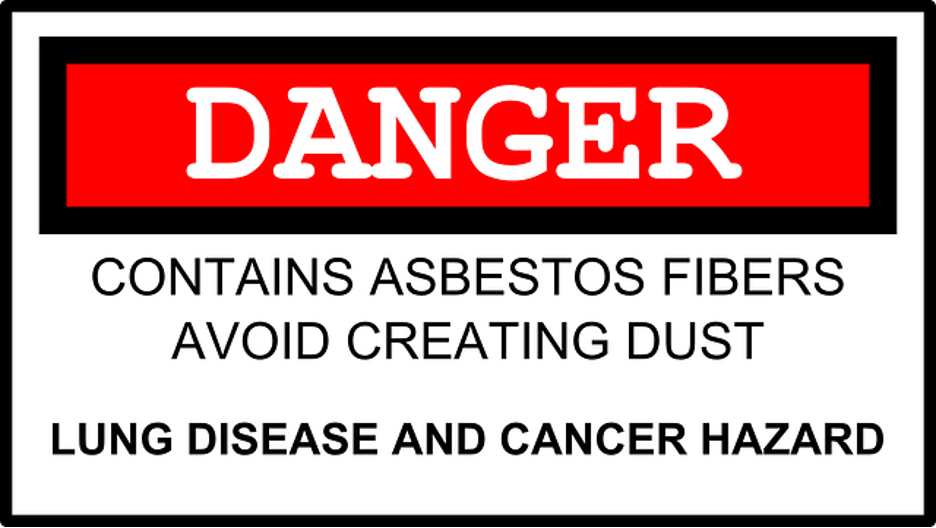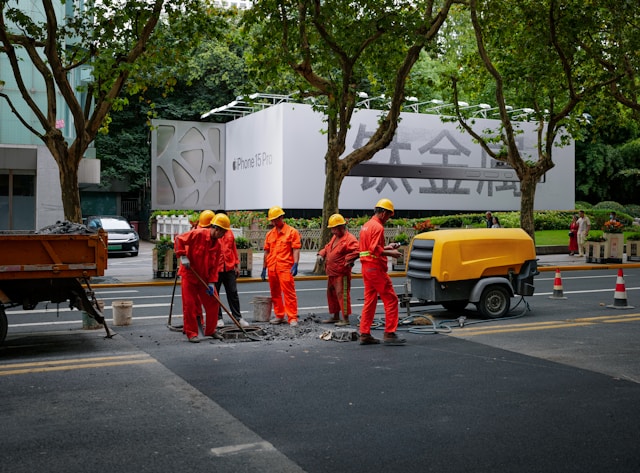Asbestos is a mineral linked to mesothelioma and lung cancer with exposure, a more common occurrence with manufacturers and contractors on the job. However, risks exist for asbestos to be present in homes as well. Visit Asbestos In The Home | CPSC.gov – for a guide on asbestos in the house.
Because of its fire-retardant properties and affordability, asbestos was added to construction projects predominantly in the 1940s up until the 1970s. In late 1980, the material was banned, but this ban was overturned in the early 1990s, making it technically legal in the US. Its use, however, is less common.
Avoiding Asbestos with Home Remodels
Many homeowners strive to maintain or improve their property value and make upgrades or remodel the house to achieve this. Remodeling an older home dated before the 1980s can present severe risks, such as asbestos exposure.
Asbestos can sit dormant in a house for decades with no issue; however, demolition associated with renovations or remodels can disturb the material, sending the fibers airborne.
Breathing these fibers creates adverse health concerns with the potential for developing mesothelioma, an aggressive and rare cancer that steadily develops over a span of decades following exposure.
For this reason, it’s critical to learn if there’s asbestos in your home, where it might be, and find out the safest approach to a home remodel. Here are tips on avoiding exposure while performing household renovations.
Where is the asbestos in your home
There are distinct areas where asbestos is more likely to be found, such as a “popcorn” or textured ceiling, floor tiles, insulation materials, siding, roofing elements, and joint compound.
It’s vital to wear proper PPE—personal protective equipment—with any home demolition, but prioritize finding out where it’s located in the home in order to be vigilant with safety precautions.
The recommendation, particularly if you’re unaware of whether the property contains asbestos, is to wear PPE when making any household updates. This includes a respirator since there’s a risk for airborne fibers to be inhaled.
While PPE protects you physically, breathing the fibers has a greater chance of making you ill than if your skin is exposed. Go here for key facts on asbestos.
The least exposure
If you’re unsure whether asbestos is present in the home, children and pets should stay with close friends or family while the house project is underway for their optimal safety. The work should progress quickly to minimize the exposure and the risks.
If you find what you believe to be asbestos when remodeling your home, you should stop the work and reach out to a remediation specialist for the removal of the material. Despite taking every precaution, such as PPE, the actual removal should be done by a professional.
Disturbing asbestos, making it active, presents health threats, making it necessary to allow experts versed in handling the material to safely do so.
Avoid suspected asbestos
When performing a remodel and discovering a material resembling asbestos, avoid disturbing it and contact an expert who can readily identify it. Continuing to sand, drill, or scrape material you’re unfamiliar with is risky, instead, delay the project until you know what you’re dealing with is essential.
If you’re forced to handle asbestos, it should be damp to prevent contaminating the air with the fibers, and refrain from vacuuming or sweeping debris on the floor that could be asbestos.
Remodeling pro

When you have a home that dates back to pre-1980s, it’s important to carefully consider the likelihood of asbestos use in some element of the house construction.
The material won’t pose a threat when undisturbed, but if you intend to remodel or upgrade the property, asbestos contained in the home could become active. The ideal option with an older home is to hire professional contractors to perform the renovations.
While it will be a more costly investment compared to handling the work in a DIY capacity, these experts will be prepared and take precautionary measures when demolishing parts of the property in case asbestos is present.
A contractor can readily recognize asbestos and know which older building materials contain the hazardous material based on their experience in the industry.
Final Thought
Before initiating home improvements or remodeling a property that could contain asbestos, it’s wise to have the house professionally inspected by a trained expert. This is highly recommended for older homes built roughly 40+ years ago, particularly those with visible signs of deterioration or wear.
This gives you the option of having the house properly remediated to eliminate the toxin. During this process, finding a place to stay while experts clean out the mineral is recommended.
If you start the remodeling process and come upon suspicious materials, the area should be contained until remediation specialists can assess and remove the asbestos.
It’s not only important to familiarize yourself with the products that contain the material but also to learn what it looks like, primarily understanding the risks it presents.
You should refrain from intentionally searching the property to find asbestos on your own since the slightest disturbance can release fibers; it only takes inhaling one sharp fiber to be at risk for mesothelioma.




